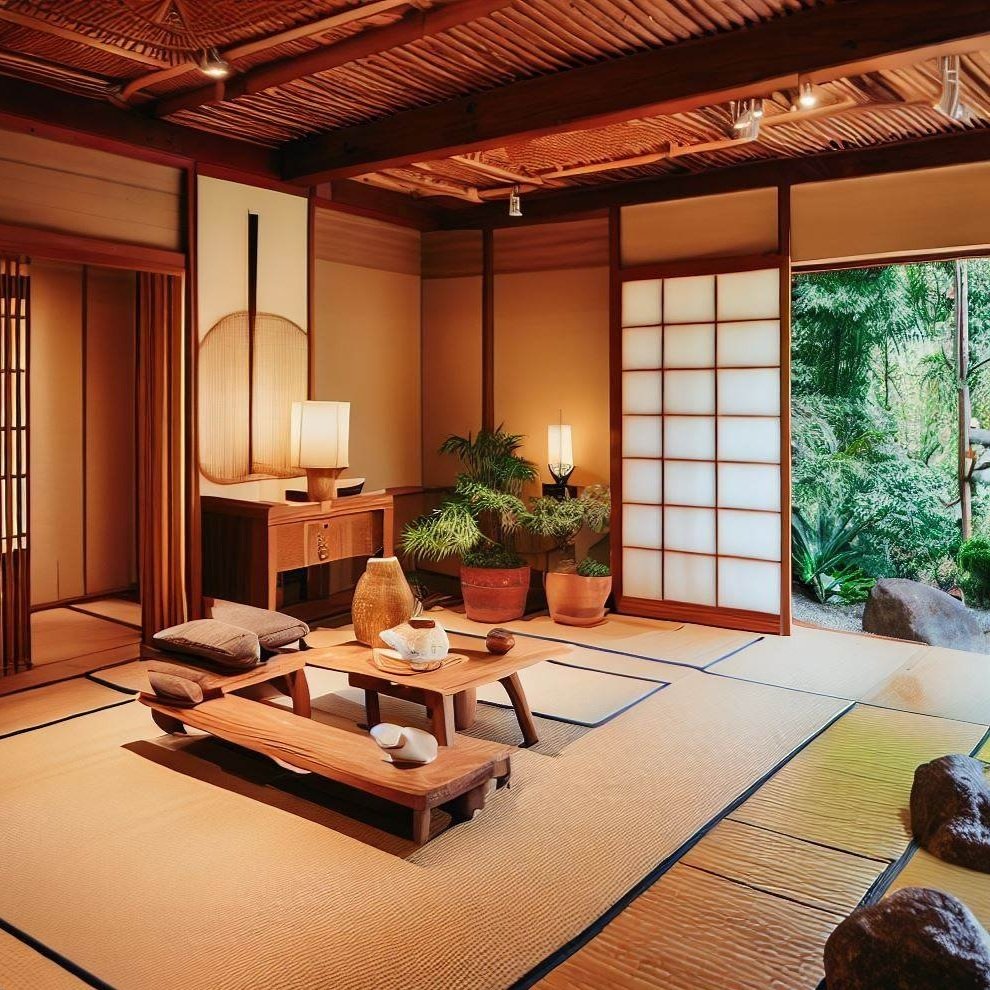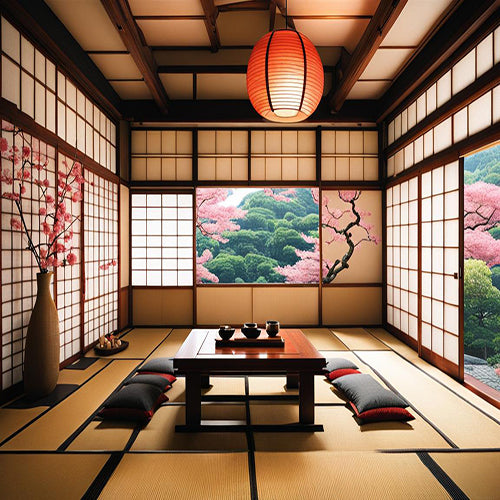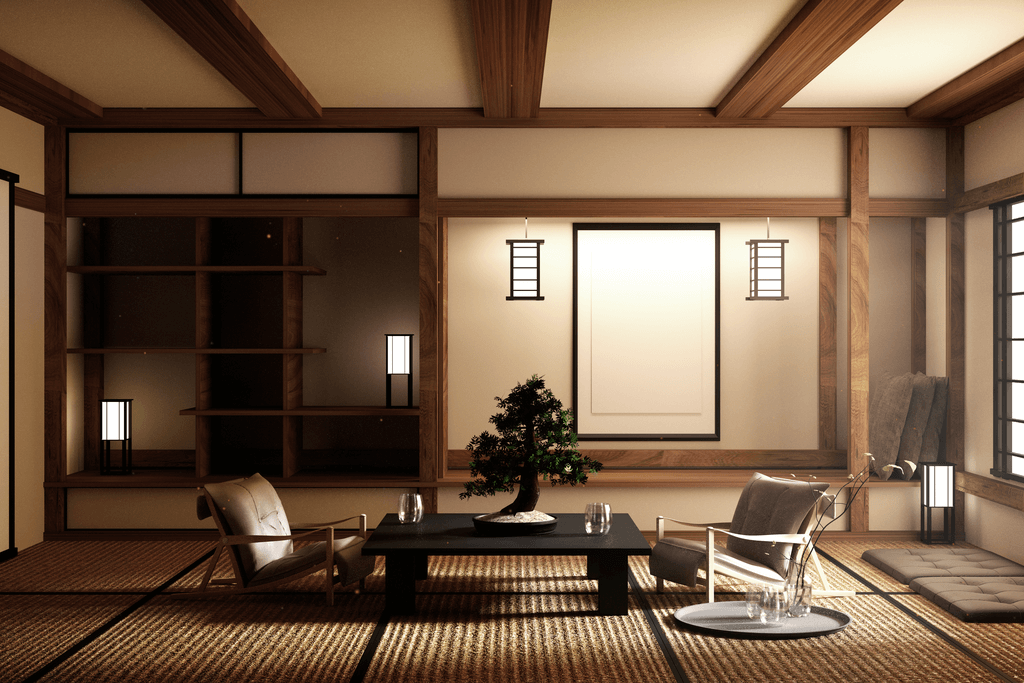Welcome to an in-depth exploration of Japanese house decor! If you’re seeking inspiration to create a peaceful and harmonious home, you’ve come to the right place. Japan’s rich cultural heritage and aesthetic principles offer a unique approach to interior design that emphasizes simplicity, functionality, and a deep appreciation for nature. In this article, I will share my personal experiences, practical tips, and detailed insights to guide you through the world of Japanese decor. Let’s embark on this journey together!
The Essence of Japanese House Decor
Japanese house decor is not just about aesthetics; it’s a philosophy. Rooted in traditions spanning centuries, this style focuses on creating spaces that promote tranquility and balance. Here are some core principles:
- Minimalism: Less is more. A clutter-free environment is essential.
- Natural materials: Wood, paper, and stone are commonly used to create a connection with nature.
- Soft colors: Earthy tones and neutral colors are preferred to evoke calmness.
- Functional design: Every piece of furniture has a purpose and is designed to maximize space.
Key Elements of Japanese House Decor
1. Tatami Mats
Tatami mats are a quintessential element of traditional Japanese homes. Made from rice straw, tatami provides a natural and soft flooring option. They are not only beautiful but also functional, helping to regulate humidity and temperature.
Pros and Cons of Tatami Mats
| Pros | Cons |
|---|---|
| Natural and eco-friendly | Requires regular maintenance |
| Soft and comfortable underfoot | Sensitive to moisture and pests |
| Enhances aesthetic appeal | Limited color options |
2. Shoji Screens
Shoji screens are sliding doors made of wood and rice paper, allowing natural light to permeate a space while offering privacy. These screens are a classic feature in many Japanese homes and can be used to divide rooms or as decorative elements.
%E3%81%AE%E5%86%85%E8%A3%85(%E3%81%AA%E3%81%84%E3%81%9D%E3%81%86).jpg)
3. Zen Gardens
A Zen garden is a miniature landscape featuring rocks, sand, and carefully placed plants. These gardens are designed for contemplation and meditation, creating a serene oasis within your home.
%E3%81%AE%E5%86%85%E8%A3%85(%E3%81%AA%E3%81%84%E3%81%9D%E3%81%86).jpg)
Tips for Creating Your Zen Garden
- Select sand or gravel as your base.
- Incorporate large rocks to symbolize mountains.
- Add small plants like moss or succulents for greenery.
- Rake the sand to create patterns that promote relaxation.
Color Schemes in Japanese Decor

Color plays a vital role in setting the ambiance of a room. In Japanese decor, the focus is on soft earth tones, muted palettes, and natural shades. Here are some popular choices:
| Color | Symbolism |
|---|---|
| Beige | Warmth and comfort |
| Green | Harmony and renewal |
| Brown | Stability and reliability |
| White | Purity and simplicity |

Personal Experience: My Japanese-Inspired Room
When I decided to decorate my living space with Japanese influences, I started by choosing a neutral color palette. I painted the walls a soft beige and used white shoji screens to divide the room, creating a seamless flow of natural light. The addition of tatami mats elevated the comfort factor, making my home feel like a peaceful retreat.

Furniture Selection
1. Low Seating

Japanese decor often features low furniture, such as floor cushions (zabuton) and low tables (chabudai). This style encourages a more relaxed way of sitting, promoting a sense of intimacy and warmth.
2. Multi-Functional Pieces

Incorporating furniture that serves multiple purposes is essential in Japanese decor. For example, a low table can serve as a coffee table during the day and a dining table at night. This practice maximizes space and aligns with the minimalist ethos.
Incorporating Nature
1. Indoor Plants
Naturally, plants play a significant role in Japanese decor, acting as living art pieces. Popular options include bamboo, bonsai trees, and ferns, which not only purify the air but also enhance the overall aesthetic. My personal favorite is the bonsai tree, which I find both meditative and visually stunning.
2. Natural Light
Emphasizing natural light is crucial in Japanese homes. Large windows and strategic placements allow sunlight to illuminate spaces, creating a warm ambiance. I noticed that during the day, the sunlight highlights the textures of my tatami mats, adding depth to the room.
Accessories and Decor Items
1. Ceramic and Porcelain
Fine ceramics and porcelain are prevalent in Japanese decor, often displayed as centerpieces or functional items. Tea sets, vases, and dishware showcase the beauty of craftsmanship. Find pieces that resonate with you and reflect your style.
2. Calligraphy and Art
Japanese calligraphy (shodo) and traditional artwork can add character to your space. Hanging scrolls (kakejiku) or framed prints featuring landscapes or floral themes bring a touch of cultural elegance to your decor.
3. Textiles
The use of textiles is essential in creating warmth and comfort. Incorporate silk or cotton fabrics for cushions, drapes, and throws. Natural dyes, often used in traditional Japanese textiles, can add unique color variations while keeping with the theme.
FAQs about Japanese House Decor
1. What are the main principles of Japanese decor?
The main principles include minimalism, the use of natural materials, soft color palettes, and functional design.
2. How can I create a Japanese-inspired space in my home?
Start with a neutral color palette, incorporate natural materials like wood and tatami, select low furniture, and emphasize natural light and plants.
3. Are there specific plants that work well in Japanese decor?
Yes! Bonsai trees, bamboo, ferns, and other indoor plants are popular for their aesthetic and air-purifying qualities.
4. How can I maintain a minimalist approach in my decor?
Focus on functional furniture, declutter regularly, and choose decor items that resonate with you rather than simply filling space.
Comparing Japanese Decor Styles
| Style | Description | Best For |
|---|---|---|
| Traditional | Features tatami, shoji, and low seating | Authentic Japanese experience |
| Modern | Blends minimalism with contemporary design | Urban living spaces |
| Zen | Emphasizes tranquility and nature | Meditative environments |
Conclusion
Japanese house decor is more than just a trend; it offers a way to create spaces that foster peace, simplicity, and a connection to nature. By incorporating the principles and elements discussed in this article, you can transform your home into a serene retreat that reflects your personal style. Remember, the journey of decorating is an ongoing process—enjoy every step of creating your unique space!